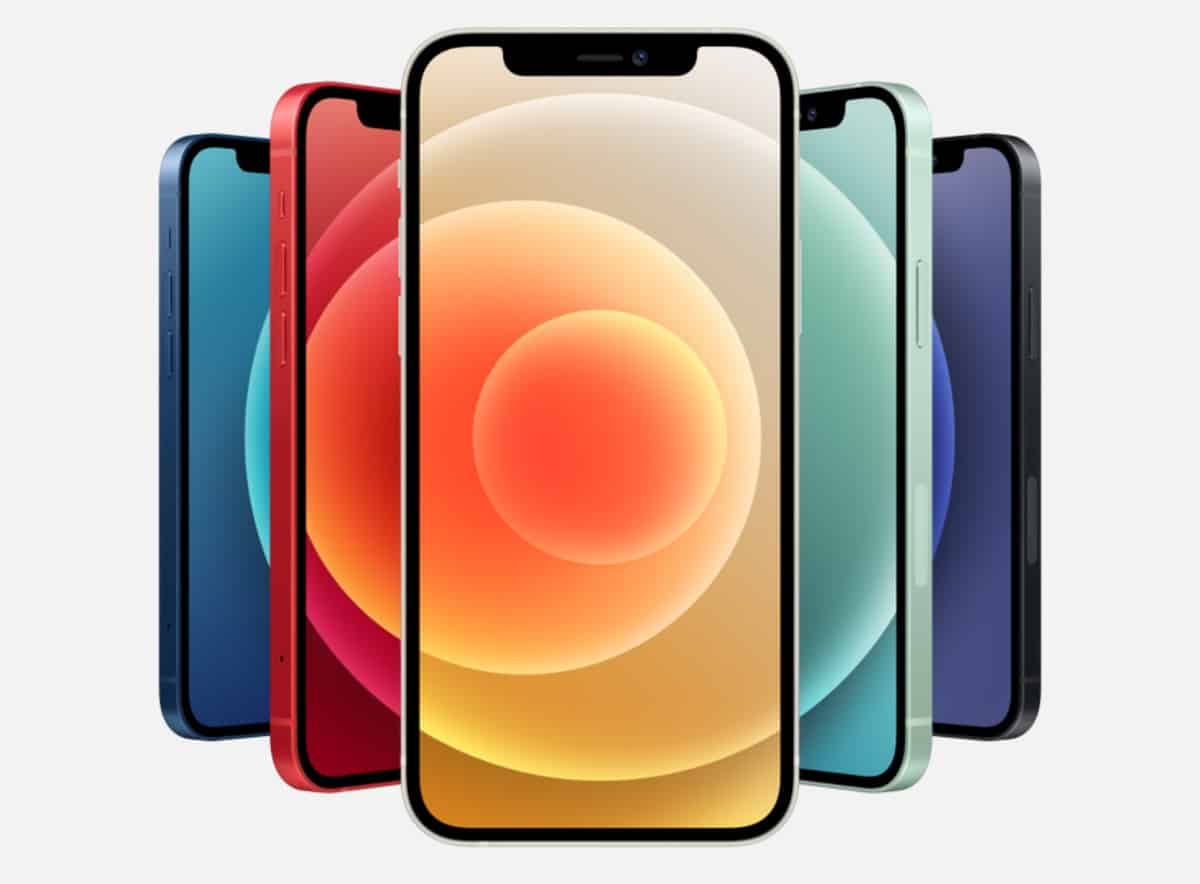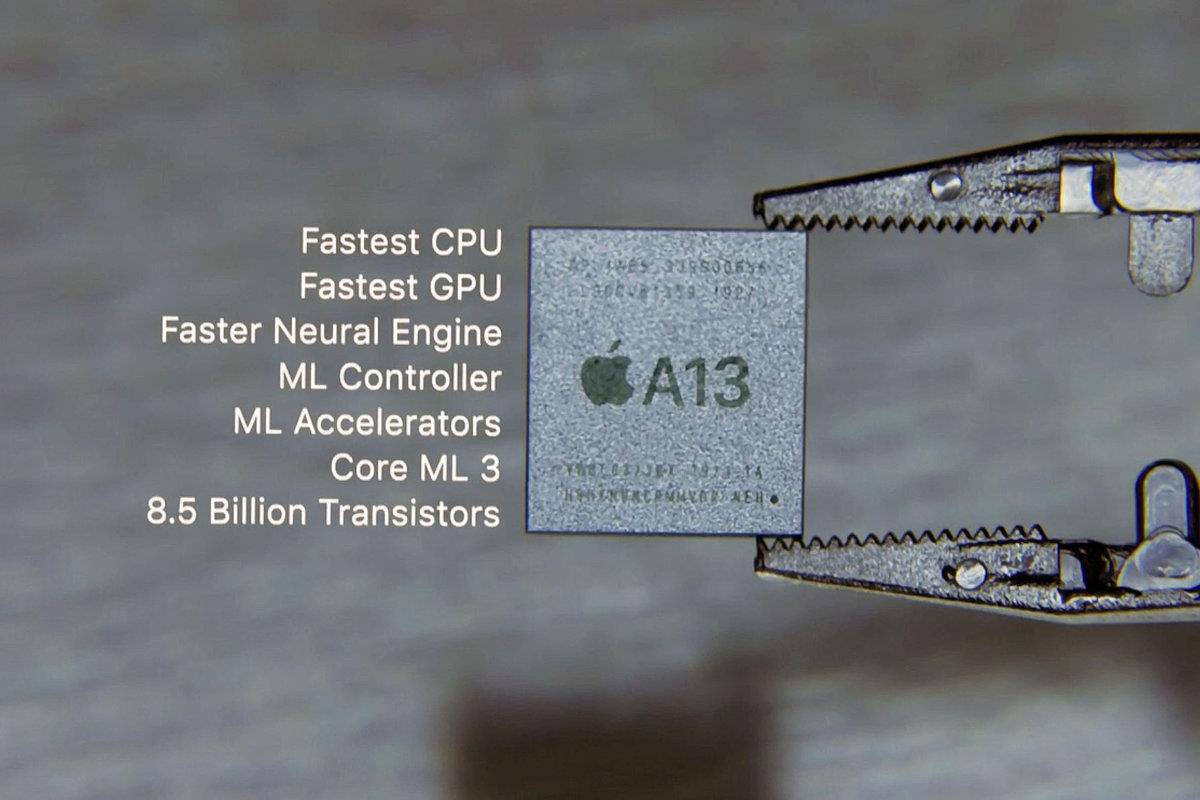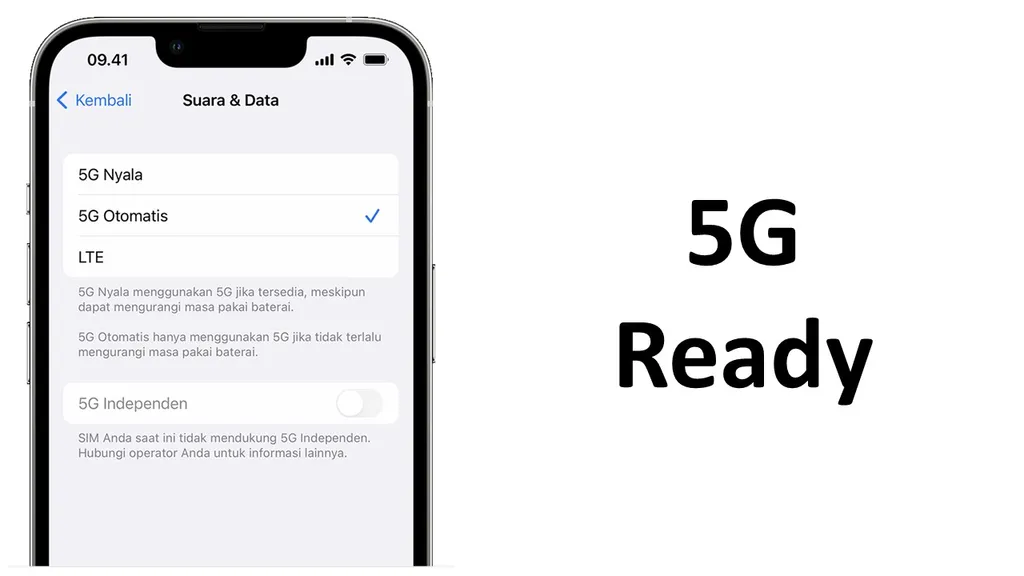8 Differences Between iPhone 11 and iPhone 12
iPhone 11 and iPhone 12 are two popular models from Apple, released in 2019 and 2020, respectively. While these phones are no longer in production, they remain available through second-hand or refurbished markets.
Despite being a few years old, both devices still perform well for everyday tasks like browsing the internet, messaging, and taking photos or videos.
If you're considering purchasing one of these models but are unsure which to choose, here are some of the key differences between the iPhone 11 and iPhone 12:
1. Design and Build Material

The iPhone 11 features an aluminium frame with glass front and back panels. Apple promoted this glass as the strongest used in smartphones at the time. It also has rounded edges, which gives it a more traditional design.
In contrast, the iPhone 12 has a sleek flat-edge design that reminds us of the iPhone 4 and iPhone 5. Additionally, the iPhone 12's front glass is protected by Ceramic Shield, a ceramic crystal material that offers four times better drop resistance compared to the iPhone 11.
Though both phones have the same 6.1-inch screen size, the iPhone 12 is slimmer and lighter than its predecessor, providing a more compact feel.
2. Display

The iPhone 11 uses a Liquid Retina IPS LCD display with a resolution of 828 × 1792 pixels (~326 ppi). In contrast, the iPhone 12 features a Super Retina XDR OLED panel with a higher resolution of 1170 × 2532 pixels (~460 ppi).
The OLED display on the iPhone 12 supports HDR10 and Dolby Vision, delivering a stunning contrast ratio of up to 2,000,000:1 with true black levels. The iPhone 12’s screen is also significantly brighter, with a peak brightness nearly double that of the iPhone 11.
Both models support True Tone and Wide Colour (P3) technologies, enhancing colour accuracy. However, the iPhone 12's OLED display stands out with sharper, brighter, and more vibrant visuals compared to the iPhone 11’s LCD.
3. Performance and Processor

The iPhone 11 is powered by the Apple A13 Bionic chip, which was built using a 7 nm+ fabrication process. When it was released, the A13 Bionic was the fastest smartphone chipset, offering CPU and GPU performance that was 20% faster than its predecessor, the A12 chip.
A year later, the iPhone 12 introduced the Apple A14 Bionic, offering improved performance and power efficiency. Built on a 5 nm process, technology that was cutting-edge at the time, the A14 Bionic includes a 6-core CPU, a 4-core GPU, and a 16-core Neural Engine capable of performing up to 11 trillion operations per second. This is a significant leap over the Neural Engine in the A13 series.
As a result, the iPhone 12 excels in processing speed and gaming performance compared to the iPhone 11. That said, the A13 Bionic in the iPhone 11 is still more than capable for everyday tasks and remains highly responsive in most use cases.
4. Camera and Photography Features

Both the iPhone 11 and iPhone 12 feature a dual rear camera system with a Wide and an Ultra Wide camera, each with a 12 MP resolution. However, the iPhone 12's camera system offers several enhancements.
The iPhone 11's Wide camera has an f/1.8 aperture, while the iPhone 12's aperture has been widened to f/1.6. This allows the iPhone 12 to capture 27% more light, improving performance in low-light conditions.
The iPhone 11 introduced Night Mode on its main camera, but the iPhone 12 takes this a step further by adding Night Mode and Deep Fusion to all cameras, Wide, Ultra Wide, and even the front camera. This results in brighter, more detailed night-time photos across the board.
The iPhone 12 also boasts the next generation of Smart HDR, known as Smart HDR 3, which provides a wider dynamic range and more natural-looking colours.
For video, both models can record 4K video at 60 fps. However, the iPhone 12 is the first smartphone capable of recording HDR video in Dolby Vision format natively at up to 30 fps.
This feature enables high dynamic range videos that can be edited and viewed directly on the device. Additionally, the iPhone 12 introduces Night Mode for Time-lapse video, further expanding its videography capabilities.
5. Battery and Charging

The iPhone 11 has a slightly larger battery capacity (3110 mAh) compared to the iPhone 12 (2815 mAh). However, thanks to the improved efficiency of the A14 Bionic chip and the Smart Data Mode feature, the iPhone 12 offers a comparable battery life to the iPhone 11 in typical usage.
Both models support 20W fast charging via a Lightning cable with a USB Power Delivery-compliant adapter, which can charge the battery to around 50% in just 30 minutes.
There is a notable difference in the accessories included with each device. While the iPhone 11 comes with a 5W charger and EarPods in the box, Apple removed the power adapter and EarPods starting with the iPhone 12 series for environmental reasons.
When it comes to wireless charging, the iPhone 11 supports standard Qi wireless charging up to 7.5W. The iPhone 12, however, introduces MagSafe, a magnetic wireless charging system that can charge at up to 15W with a compatible MagSafe charger.
This makes the iPhone 12’s charging twice as fast as the standard Qi wireless charging on the iPhone 11. Additionally, MagSafe opens the door to new magnetic accessories, such as wallets and stands.
6. Connectivity

In terms of cellular connectivity, the iPhone 11 supports 4G LTE Advanced, but it does not support 5G. On the other hand, the iPhone 12 is the first iPhone to offer 5G connectivity, supporting global sub-6 GHz 5G NR networks.
The iPhone 12 also features Smart Data Mode, which intelligently switches to 4G LTE when higher bandwidth isn't needed, helping to conserve battery life. This feature ensures that the iPhone 12 balances performance and power efficiency more effectively than the iPhone 11.
7. Water and Dust Resistance

Both the iPhone 11 and iPhone 12 are water and dust resistant with an IP68 rating. The iPhone 11 can withstand being submerged in water up to 2 meters deep for 30 minutes, while the iPhone 12 takes it a step further, which offers water resistance to a depth of 6 meters for 30 minutes.
This means the iPhone 12 is more reliable when submerged in deeper water compared to the iPhone 11. However, neither model is designed for intentional underwater use, so it's best to avoid prolonged exposure to water.
8. Colour Variants

The iPhone 11 is available in six colours: Black, White, Yellow, Green, Purple, and Red. In comparison, the iPhone 12 comes in five colours: Black, White, Green, Blue, and Red. Midway through its release, Apple added a Purple variant to the iPhone 12 lineup.
These colour options give you a bit of flexibility, allowing you to pick a model that suits your personal style.
So, those are some of the key differences between the iPhone 11 and iPhone 12. We hope this helps you choose the model that best fits your needs!
